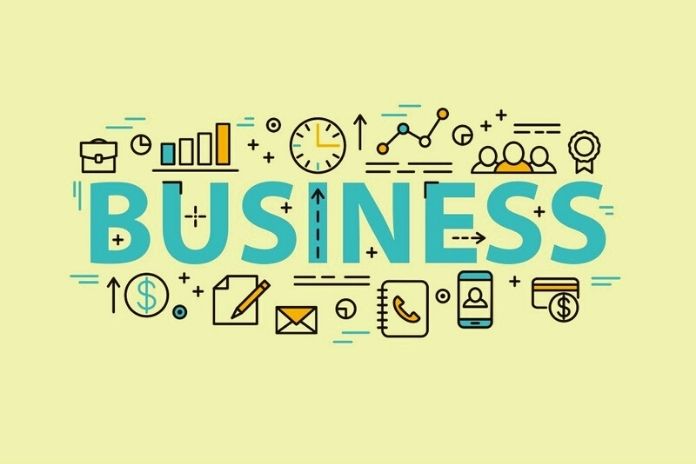What has long been possible in the private environment, access to data in the cloud, to e-mails, to e-banking, and social networks, should now also become part of everyday life for applications in the workplace across departmental and company boundaries: the customized one and even mobile access to data and programs across department and company boundaries.
“Cloud may sound like a buzzword vying for attention at the moment, but there is a business model behind it,” commenting on the trend in the area of information and communication technology. Cloud computing, “living and working with and in the cloud,” was the central topic of discussion at the world’s most giant computer fair, CeBIT, in Hanover at the beginning of March.
“The connection between the consumer and work world is becoming more fluid, faster and faster. We need an answer to that,” who has been part of the T-Systems management team since March 4 and is head of the Service division. “Because companies also want to benefit from the cloud, want to have a network” on-demand, “be flexible, only pay for what they call up, regardless of when and from where.”
T-Systems – a cloud provider since 2004 – looks after the 400 most significant customers of Deutsche Telekom and public institutions as the central service provider for information and communication technology, or ICT for short. The Telekom Group also relies on cloud solutions. The revenue management system, for example, processes more than 1.5 million payment transactions for around 30 million customers every day. This makes the accounts receivable and current account system one of the world’s most extensive SAP applications.
“A very decisive unique selling point compared to competitors is that we can supply everything from a single source, from the application to the network. We connect information and communication technology worlds, and for cloud computing, one world cannot exist without the other”.
We understand cloud computing as highly scalable ICT services for rent from the network. The customer only pays for what he purchases. While DSL lines are sufficient in the consumer sector, business customers require broadband connections. If the consumer wants to access inexpensive software, storage, or computer power, large customers have additional defined service levels – e. B. Defined downtimes – and safety in the foreground. These services from the data center are closely linked to a company’s range of offers and innovative capabilities Innovation & Offering Management until he was appointed to the T-Systems management team.
A lot of people talked about the cloud at CeBIT, and it was even an issue two years ago. But at that time, companies were heading for a financial crisis and withholding funds for necessary ICT conversions. Now there are investment budgets again.
For customers, the move to the new world of the cloud means not only getting computing power, storage capacity, and application programs from the “cloud” but also checking their IT landscape and, if necessary, parting with “bold braids.” It can make sense to continue operating some applications outside of the cloud.
“The transformation from a conventional world into a new world that is more agile and has shorter application and innovation cycles is the task we have set ourselves.” That is why the “T-Systems Core Beliefs” represent the IT Key themes for the economy and society in the next few years.
Steps That Prove The Cloud Is A Businesses Model
- Dynamic network-centric IT services: More and more ICT is no longer held decent rally “under the desk” or in a local data center but comes from different data centers via the network. According the secure connection is an essential part of the cloud: “You log in, receive information, and can access your data regardless of your workplace.”
- Collaboration: It starts in social networks like Facebook etc., but continues in the business world. Making work processes fast across departments, business areas, and companies. According the challenge here is: “How do you work with third parties without losing your intellectual capital?” The answers to this include limited access rights, encrypted data, and an IT environment that is intuitive to use.
- Mobility: Regardless of which device is used, the employee should receive the correct information and display it. On the one hand, it is essential to support and simplify the work process and, on the other hand, to protect valuable data.
- Security and governance: Security must be guaranteed in any case. This also means that there must be clear regulations as to who can access what from where. “One trend is to be permanently informed about the status of (IT) systems. This also includes secure structures in the company environment, from access control to data access and the certainty of where the customer data is located. “
- Sustainability and responsibility: Companies that get the reputation of not acting socially correct are moving towards sales problems. “A provider should help customers with their ICT to keep promises made such as data security, sustainable use of energy or offers to employees for further training and health.”
Conclusion:
“Many of the topics have existed for ten years or more, such as mainframe hosting (the operation of mainframes), program and data storage,” “but the question today is how we can adapt these solutions to the requirements of the new world map?” That is why the cloud is a business model that must have precisely the properties of the five identified trends so that interoperability, the cooperation of different systems, the desired variety, and speed are guaranteed regardless of the end device.
ALSO READ: Data Protection Against Static IP Addresses

